Tree Planting Fort Worth
Tree Planting in Fort Worth
Tree planting establishes shade trees, ornamental trees, and functional plantings—adding immediate or future shade, property value, cooling, wildlife habitat, aesthetic beauty, long-term landscape investments. Fort Worth properties need trees constantly—new construction yards lacking any canopy, replacing dead or declining trees, adding shade for brutal summer heat, street trees for neighborhoods, specimen trees as focal points, orchards for food production. We plant trees throughout Fort Worth—large shade trees in Aledo backyards providing future cooling, ornamental trees in Fairmount front yards matching historic character, specimen live oaks in Tanglewood landscapes, native trees in naturalistic Monticello plantings, commercial trees near Alliance meeting parking lot requirements. Tree planting success depends on proper techniques—Fort Worth clay requiring specific methods, size selection balancing cost and timeline, species matching conditions ensuring survival, establishment care critical first years, quality installation preventing common failures killing trees within seasons. Professional tree planting handles our challenging conditions—digging adequate holes in clay, proper planting depth preventing root flare burial, soil preparation supporting establishment, staking when necessary, irrigation ensuring survival, realistic species selection for Fort Worth heat and soil.

Understanding Tree Value and Selection

Shade tree cooling benefits substantial—mature tree canopy reducing ambient temperature 10-15 degrees, lowering cooling costs 25-40%, creating comfortable outdoor spaces, tremendous long-term value. Shade trees are investments—decades to maturity but massive payoff, property value increases, energy savings, comfort improvements justifying patience and cost.
Property value increases from trees—mature trees adding thousands to property values, curb appeal enhancement, established landscapes selling faster commanding premium prices, tangible financial return. Mature trees are money—thousands in increased value, selling advantage, investment appreciation over decades.
Species selection critical for success—Fort Worth-appropriate trees thriving, marginal species struggling or dying, native and adapted varieties proven performers, avoiding trendy species failing here. We select proven trees—species with Fort Worth track records, avoiding plants barely surviving, reliable long-term performers.
Size selection balancing factors—small trees cheaper but longer maturity wait, large trees expensive but immediate impact, budget and timeline determining size, various size options available. We discuss size options—15-gallon through 100-gallon and larger, cost versus timeline, appropriate selections for situations and budgets.
Growth rate considerations—fast-growing trees reaching size quickly but sometimes shorter-lived or weaker wood, slow growers taking decades but often superior longevity, balancing speed and quality. We discuss growth rates—realistic timelines for species, balancing quick gratification with long-term quality.
Mature size absolutely critical—understanding actual mature dimensions, adequate space for tree without future conflicts, utility clearances, structure distances, planning for future not just present. We plan for maturity—avoiding undersized spaces, adequate room for actual mature spread, preventing future removal from poor siting.
Fort Worth-Appropriate Tree Species
Live oak as premier shade tree—evergreen year-round, massive eventual size 60-80 feet, extremely long-lived, iconic Texas tree, slow initial growth accelerating with age. We plant live oak extensively—properties with space for mature size, long-term investment, replacement for declining oaks, premier Fort Worth choice.
Bur oak for large properties—deciduous native oak, beautiful fall color, massive acorns, excellent Fort Worth performance, large mature size, appropriate substantial spaces. We plant bur oak—large landscapes, native oak alternative, proven performers.
Cedar elm tough and adaptable—native tree, small leaves creating fine texture, drought tolerant once established, fast growth, excellent urban tolerance, handles difficult sites. We use cedar elm frequently—challenging sites, fast shade needed, tough reliable performers, appropriate street trees.
Texas ash for fall color—native ash species, excellent fall yellow to purple, medium-large tree, faster growing, unaffected by emerald ash borer problems killing other ashes. We plant Texas ash—fall color, faster shade, native reliability.
Chinkapin oak for alkaline soils—native white oak, beautiful fall color, tolerates Fort Worth limestone and alkaline conditions, medium-large tree, acorns feeding wildlife. We specify chinkapin oak—western Fort Worth limestone areas, alkaline soil tolerance, reliable native oak.
Mexican plum small ornamental—early spring white blooms spectacular, excellent fall color, small purple fruits, multi-trunk form 15-20 feet, beautiful native small tree. We plant Mexican plum extensively—small yards, specimen trees, spring interest, native beauty appropriate everywhere.
Texas redbud understory and accent—spring magenta blooms before leaves, heart-shaped foliage, small tree 15-20 feet, woodland understory species, beautiful spring display. We use redbud frequently—understory plantings, small yards, spring color, native performers.
Crape myrtle for summer color—long summer bloom, excellent bark, various sizes and colors, proven Fort Worth performance, small to medium trees or large shrubs depending on variety. We plant crapes extensively—summer color, multi-season interest, proven reliable, various sizes.
Bald cypress for wet areas—deciduous conifer, beautiful feathery foliage and russet fall color, tolerates wet soil and periodic flooding, large eventual size, excellent bottomland sites. We plant bald cypress—wet areas and creek banks, consistent moisture sites, beautiful specimens.
Possumhaw holly for berries—deciduous holly with brilliant red berries persisting winter, small tree to large shrub, female plants for berries needing male pollinator, incredible winter display. We plant possumhaw groups—females for display with male nearby, winter interest, native birds loving berries.
Site Assessment and Preparation
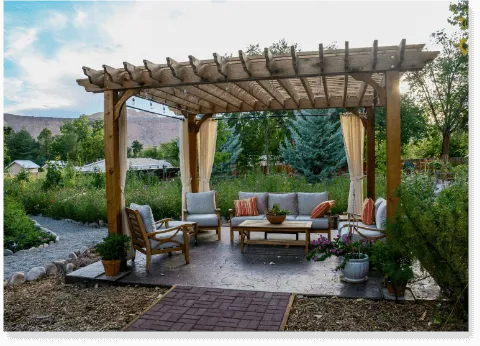
Evaluating mature tree space—measuring available space, understanding mature canopy spread, adequate room without future conflicts, realistic site capacity. We measure carefully—actual mature dimensions, adequate space, preventing planting trees destined for removal.
Utility clearance verification—overhead power lines, underground utilities, adequate clearances, avoiding future conflicts, calling 811 for marking. We verify utilities—proper clearances, avoiding future problems, safe appropriate placement.
Sun exposure assessment—full sun versus partial shade, understanding light conditions, species selection matching exposure, proper evaluation. We assess sunlight—actual hours and intensity, appropriate species for conditions, matching trees to light.
Soil conditions evaluation—clay type and compaction, drainage observation, existing soil quality, understanding growing medium, sometimes soil testing. We evaluate soil—understanding conditions, appropriate amendments, realistic assessment.
Drainage verification critical—avoiding low wet spots, observing water behavior, proper drainage essential for most trees, site selection preventing problems. We assess drainage—trees don't tolerate standing water generally, proper site selection, adequate drainage.
Distance from structures—adequate spacing from foundations and hardscape, root system consideration, mature size planning, preventing future damage. We space properly—foundations, driveways, patios, adequate distances preventing future conflicts.
Proper Planting Hole Preparation
Hole width more important than depth—2-3 times root ball width, breaking through clay, encouraging lateral root spread, wide shallow holes best. We dig wide—proper diameter, breaking clay perimeter, encouraging outward rooting.
Depth critical getting right—planting high in clay not deep, root flare visible at surface or slightly above, proper depth preventing problems, most critical planting factor. We plant high—root flare exposed, slightly high in clay settling, proper depth preventing mortality.
Breaking glazed hole sides—roughing smooth clay walls, preventing root circling, textural integration, proper hole preparation. We rough sides—breaking through glazed clay, preventing bowl effect, proper technique.
Avoid amending planting holes—backfilling with native clay unamended, preventing textural interface problems, encouraging root growth into native soil not staying in amended pockets. We backfill with native soil—no amendments in holes, proper Fort Worth technique, avoiding interface drainage problems.
Center mound in hole bottom—mound supporting root ball, proper depth control, spreading roots over mound, traditional proper technique. We use center mounds—proper depth, supporting balls, encouraging lateral roots.
Removing containers and burlap—sliding container-grown trees from pots, cutting wire baskets and removing burlap from top and sides, exposing roots for soil contact. We remove containers completely—cutting baskets, removing burlap and twine, proper root exposure.
Root Ball Preparation and Planting
Inspecting root balls—checking for circling roots, evaluating root health, understanding condition, addressing problems before planting. We inspect carefully—identifying issues, preparing to address, quality assessment.
Cutting circling roots—severing roots circling root ball, encouraging outward growth, preventing girdling, proper root preparation. We cut circling roots—vertical cuts or butterfly slicing, encouraging outward rooting, preventing future girdling.
Butterflying root-bound trees—cutting root ball bottom, spreading roots outward, extreme treatment for severely bound roots, appropriate for problem root balls. We butterfly when needed—severely bound roots requiring aggressive treatment, proper technique for problematic trees.
Loosening root ball edges—teasing apart outer roots, encouraging outward growth, gentle loosening, proper preparation. We loosen edges—encouraging outward rooting, careful preparation, proper technique.
Positioning in hole—proper depth with flare exposed, tree straight and oriented properly, correct placement before backfilling. We position carefully—proper depth verified, straight plumb placement, correct orientation showing best side.
Backfilling technique—native soil in layers, light firming not heavy packing, eliminating air pockets without over-compacting, proper backfill. We backfill properly—native clay, light settling, adequate contact without excessive compaction.
Creating water basin—soil berm around planting area, creating basin holding water, efficient irrigation during establishment, temporary feature. We build basins—proper diameter, adequate height, efficient watering during establishment.
Initial watering thoroughly—deep watering settling soil, eliminating air pockets, saturating root ball and surrounding soil, critical first watering. We water thoroughly—complete saturation, settling soil, adequate initial moisture.
Staking Requirements and Techniques
When staking necessary—larger trees requiring support, bare root trees, windy exposed sites, temporary support until established. We stake appropriately—when actually needed, not automatically every tree, proper assessment.
Staking methods—two or three stakes outside root ball, flexible ties not rigid, allowing some movement, proper technique. We stake correctly—stakes outside balls, non-damaging ties, allowing natural movement strengthening trunks.
Avoiding trunk damage—wide soft ties not wire, protecting bark, proper materials, preventing girdling and damage. We use proper materials—tree straps or rubber ties, protecting bark, no damage.
Stake removal timing—removing after 6-12 months typically, one growing season adequate usually, timely removal preventing problems, planned removal. We remove promptly—after adequate establishment, preventing dependence and girdling, proper timing.
Low staking preferred—staking low on trunk, allowing top movement, strengthening trunk, proper staking height. We stake low—proper technique, strengthening trees, appropriate support without excessive restriction.
Mulching and Finishing
Mulch layer 2-4 inches—adequate depth for moisture retention and temperature moderation, natural cedar or hardwood mulch, proper depth not excessive. We mulch properly—adequate depth, quality natural materials, moisture retention and temperature benefits.
Avoiding volcano mulching—keeping mulch away from trunk, no piling against bark, proper clearance preventing rot, common mistake we avoid. We mulch correctly—pulled back from trunk, proper technique, avoiding moisture against bark causing problems.
Mulch diameter—extending beyond root ball, typically 3-4 foot diameter minimum, larger better, adequate mulched area. We mulch generously—adequate diameter, proper coverage, moisture retention and weed suppression.
Mulch type selection—natural cedar or hardwood, avoiding dyed mulch, appropriate materials, quality products. We use quality mulch—natural cedar or hardwood, no artificially colored junk, proper materials.
Edge definition—clean mulch ring edges, attractive finished appearance, defining mulched area, professional finishing. We edge cleanly—attractive definition, professional appearance, finished look.
Establishment Care and Watering
Critical first year watering—consistent moisture without overwatering, deep infrequent watering encouraging deep roots, monitoring and adjustment, most critical establishment factor. We provide detailed schedules—deep watering weekly or more during heat, tapering as established, critical first season care.
Deep watering technique—slow soaking wetting entire root ball and beyond, not light frequent sprinkles, encouraging deep root growth, proper method. We emphasize deep watering—adequate duration, complete saturation, proper technique encouraging root development.
Adjusting for weather—more during hot dry periods, less during rain, responsive watering matching conditions, intelligent management. We provide adaptive guidance—adjusting for weather, monitoring needs, responsive care.
Second year care reducing—less intensive than first year but continued monitoring, tapering to natural rainfall, transition to established care, gradual reduction. We guide second year—reduced but continued care, transition period, proper support.
Monitoring for stress—watching for wilting or leaf drop, brown leaf edges, pest problems, catching issues early, intervention when needed. We educate monitoring—stress signs, when to act, early problem detection.
Common Planting Mistakes Preventing
Planting too deep—burying root flare, most common fatal mistake, preventing proper gas exchange, mortality within years, absolutely avoiding. We never plant deep—flare exposed always, proper depth obsessively, preventing number one killer.
Girdling roots left untreated—circling roots eventually strangling trees, cutting trunk eventually, removing before planting, preventing future failure. We address roots—cutting circling roots, proper preparation, preventing girdling mortality years later.
Inadequate watering during establishment—most common failure cause, trees dying from drought stress, adequate moisture critical, proper watering schedules preventing. We emphasize watering—detailed guidance, critical importance, preventing most common failure.
Over-staking or improper staking—restricting movement preventing strengthening, damaging trunks, improper materials, appropriate staking only when needed. We stake properly—appropriate assessment, correct technique when needed, avoiding over-staking.
Poor species selection—wrong tree for conditions, unrealistic size for space, marginal species barely surviving, proper selection preventing. We select appropriately—proven species, realistic sizing, avoiding marginal plants.
Transplanting Existing Trees
Evaluating transplant feasibility—size limitations, species transplant tolerance, cost versus new tree, realistic assessment. We evaluate honestly—practical size limits, species considerations, cost-benefit analysis.
Root pruning preparation—severing roots months before move, encouraging fibrous root development, preparation for successful transplanting. We root prune—proper timing and technique, preparing for successful moves.
Tree spade operations—mechanical moving of large trees, proper timing and technique, professional equipment, significant undertaking. We coordinate tree spade work—qualified operators, proper timing, realistic expectations.
Bare root transplanting—dormant season moving, root washing, appropriate for certain species and sizes, specialized technique. We perform bare root work—proper timing, appropriate species, correct technique.
Post-transplant care intensive—extensive watering, monitoring, supporting recovery, critical care following transplanting stress. We provide intensive care—adequate support, monitoring, recovery assistance.
Timing and Seasonal Considerations
Best planting seasons Fort Worth—fall October-November ideal, early spring February-March good, avoiding peak summer heat, optimal timing for establishment. We recommend proper timing—fall preferred, spring acceptable, avoiding summer when possible.
Container trees year-round possible—container stock plantable anytime theoretically, understanding increased care needs summer planting, best seasons still preferred. We discuss timing—anytime possible but ideal seasons easier, increased care requirements off-season.
Bare root narrow window—dormant season only, January-February typically, proper timing essential, limited availability window. We time bare root properly—correct dormant season window, appropriate for timing.
Summer planting challenges—heat stress during establishment, intensive watering requirements, increased risk, avoiding when possible but managing when necessary. We manage summer plantings—increased care, realistic expectations, success possible with proper attention.
Transplanting timing—dormant season best for deciduous, careful timing for evergreens, minimizing transplant stress, proper seasonal timing. We time transplants—appropriate seasons, minimizing stress, proper timing for species.
Ready to plant quality trees for your Fort Worth property—proper species selection proven here, correct planting depth and techniques, adequate establishment watering, realistic size choices, professional installation, trees thriving for decades providing shade and value? Let's plant trees specifically for Fort Worth—handling our clay soil, selecting heat-tolerant species, proper techniques preventing common failures, investments growing more valuable every year.
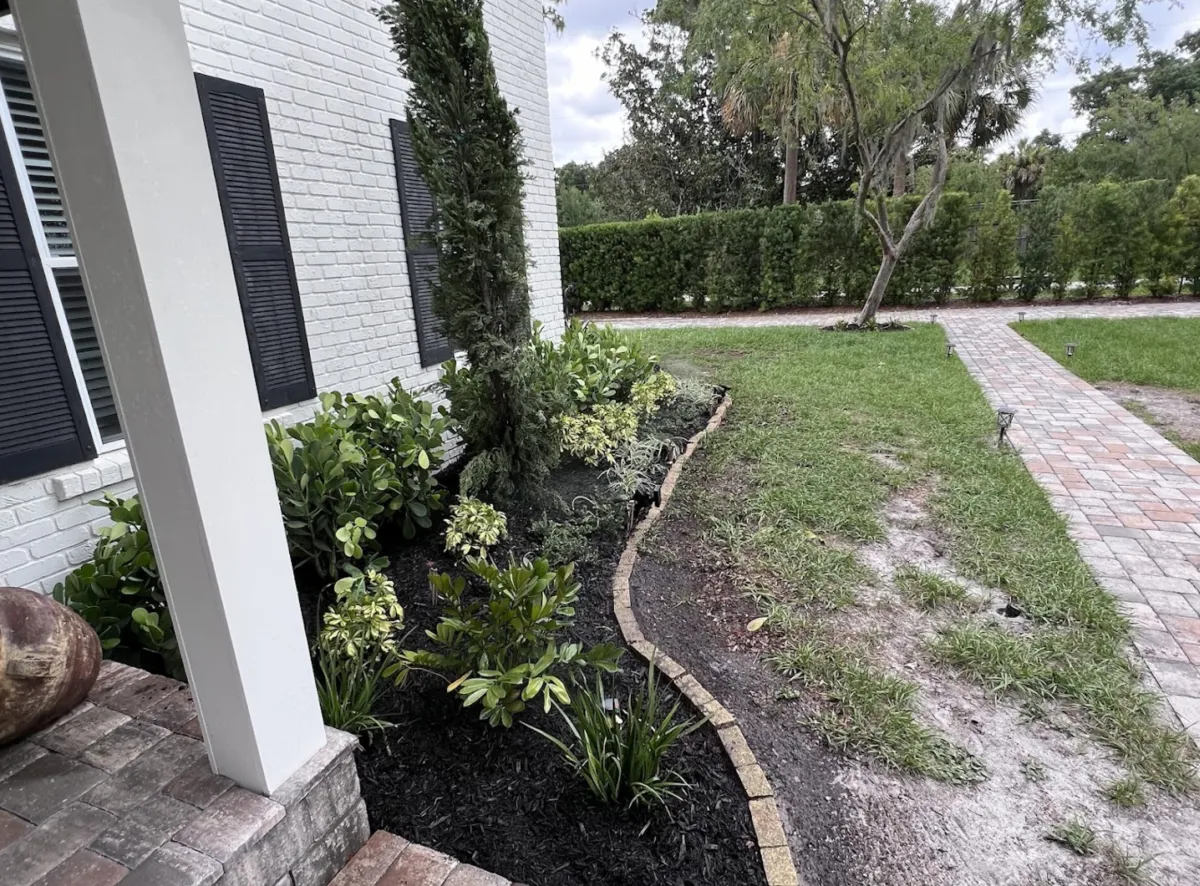

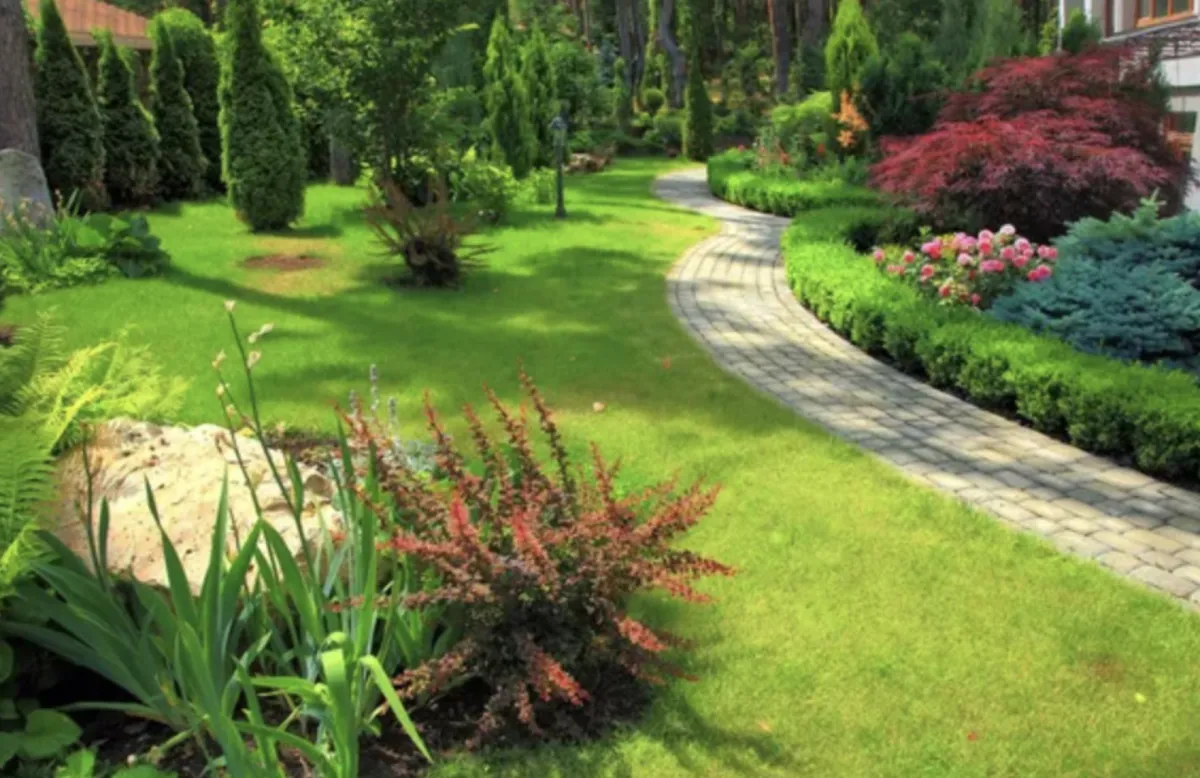
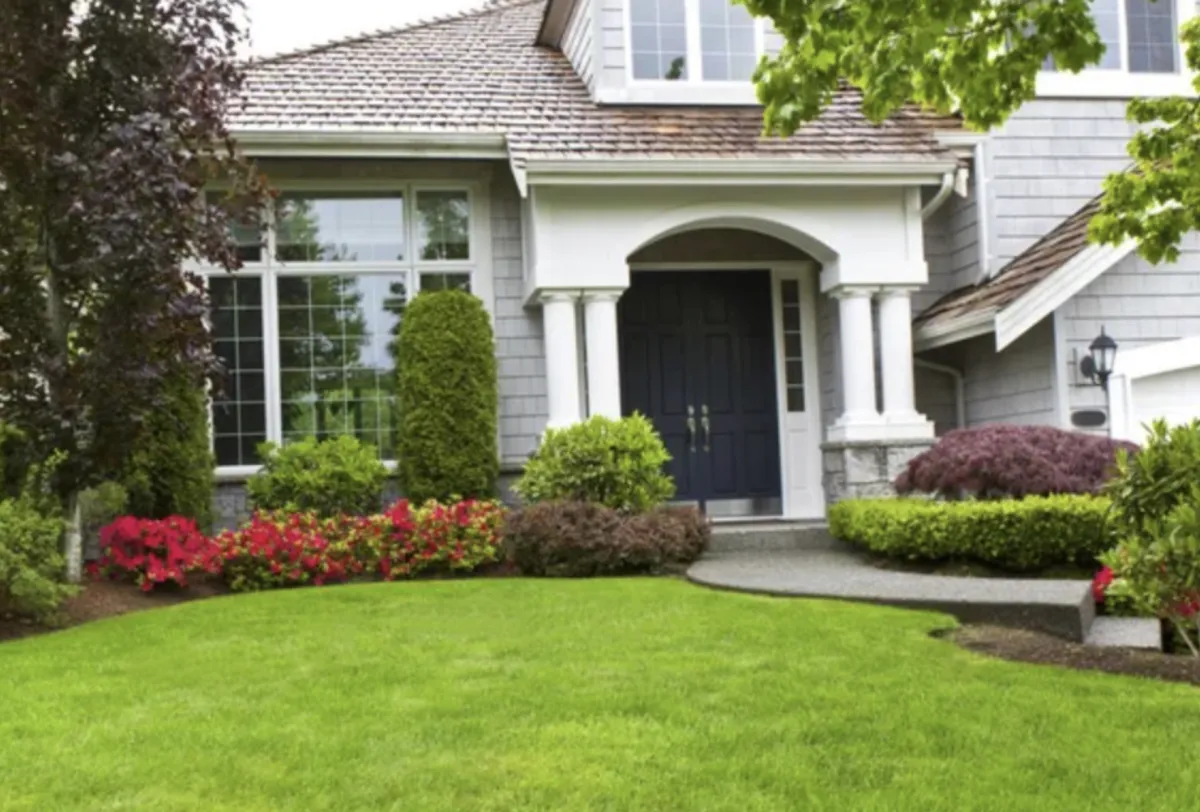
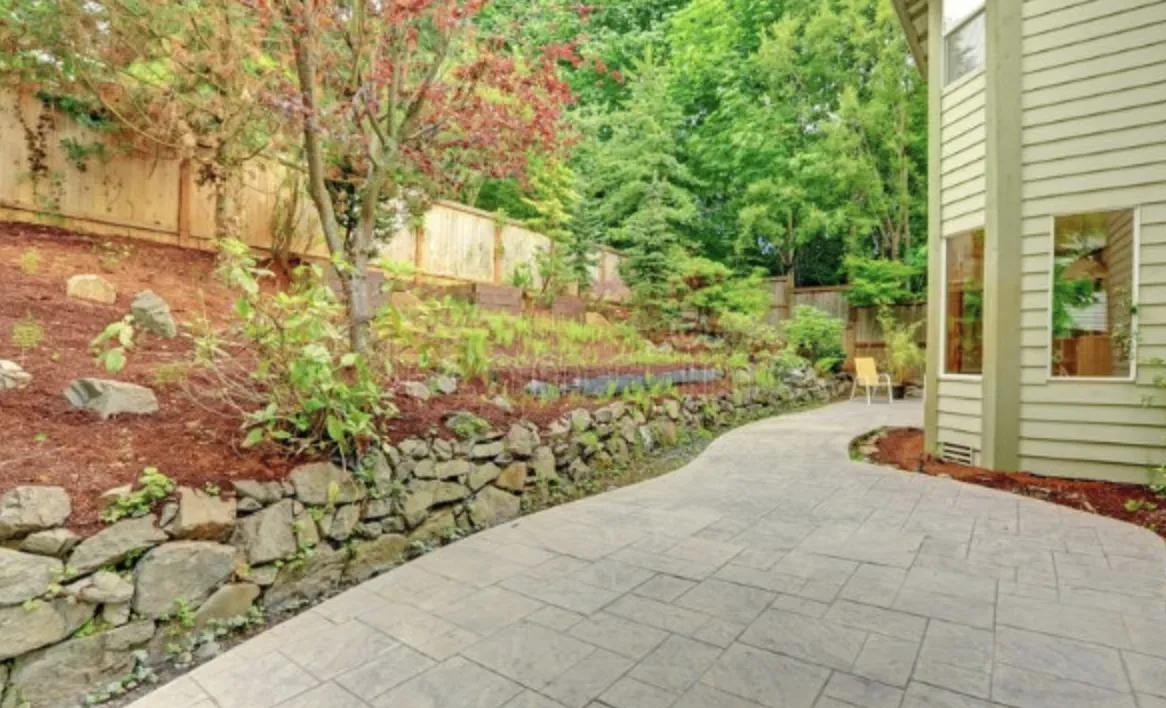

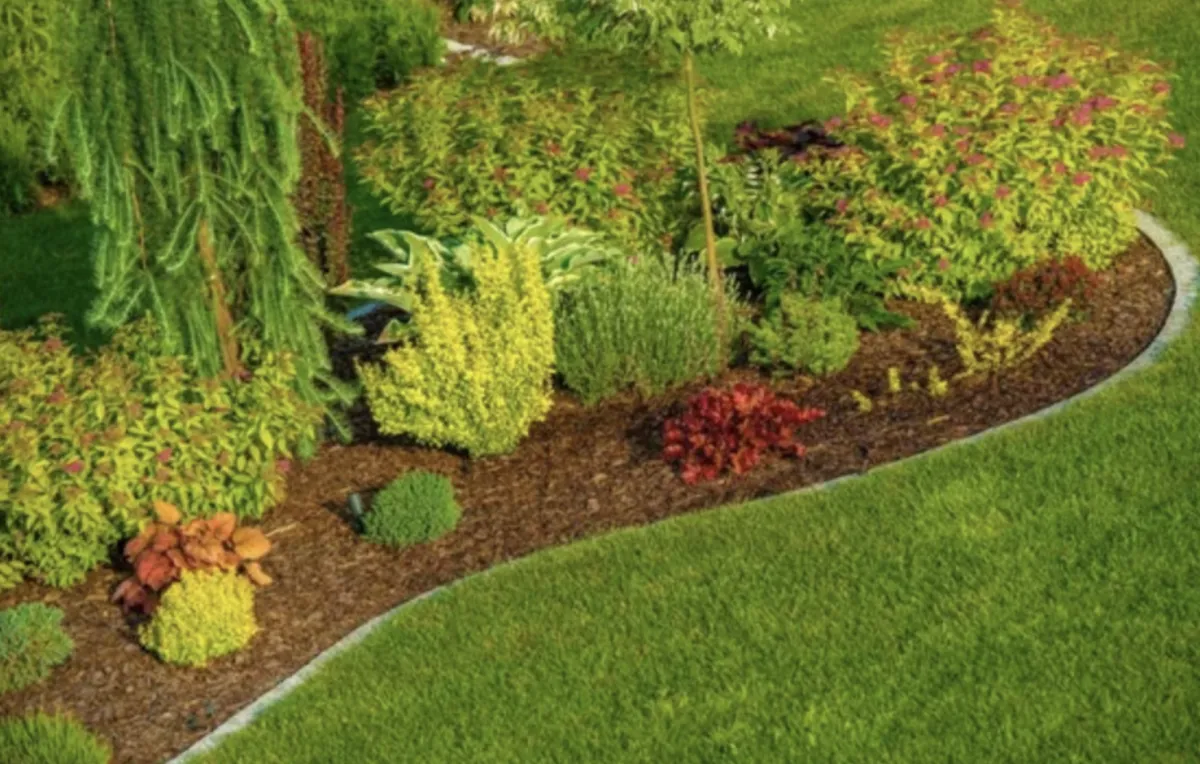

See What Our Customer Say About Us
Sarah M., Fort Worth, TX

“I can’t say enough good things about HF Landscape Design Fort Worth. They totally transformed our backyard into something out of a magazine — and they did it on time and within our budget. The team showed up early every day, cleaned up after themselves, and really listened to what we wanted. You can tell they actually care about the little details, not just getting the job done. Our neighbors keep stopping by asking who did the work — we tell everyone to call HF Landscape Design. Best decision we made for our home!”
Daniel R., Fort Worth, TX

“HF Landscape Design Fort Worth really blew us away. We had a plain front yard before, and now it looks like something you’d see in a design show. They helped pick the right plants for the Texas heat and even added lighting that makes the place glow at night. Super easy to talk to and very professional — they made the whole thing stress-free. We’d hire them again in a heartbeat.”
Megan & Tyler H., Fort Worth, TX

“Our backyard was just dirt and weeds before HF Landscape Design came in. Now it’s the spot where we spend every weekend with friends. They built a patio, added flower beds, and somehow made it all feel natural like it was always meant to be there. You can tell they love what they do — every detail was perfect. Highly recommend them to anyone in Fort Worth wanting a yard they’ll actually use.”
Get Professional Tree Planting
Stop planting trees that struggle or fail within years. Get professional tree planting ensuring proper techniques and species selection for Fort Worth conditions.
Call (817) 580-3329 to schedule tree planting consultation. We'll help select appropriate trees for your property and install them correctly for decades of benefits.
Service Areas: Fort Worth, Tanglewood, Ridglea Hills, River Crest, Westover Hills, Berkeley, Monticello, Mistletoe Heights, and surrounding communities.
Frequently Asked Questions
What is the average cost of landscape design?
Landscape design costs in Fort Worth typically range from $2,000 to $8,000 depending on property size—project complexity—level of detail required. Simple front yard designs for smaller properties might run $1,500 to $3,000. Comprehensive landscape plans for larger properties with detailed planting plans—hardscape designs—irrigation layouts—lighting plans usually cost $5,000 to $10,000 or more. We typically credit design fees toward installation if you proceed with us for the work. Design-only services cost more since we're not recouping fees through installation. Most clients in areas like Tanglewood or Westover Hills invest in detailed designs because their properties warrant professional planning. Newer neighborhoods with simpler yards might need less extensive design work.
What does it cost for a landscape design?
Design fees depend on project scope and what you need included. Basic conceptual designs showing general layout—plant groupings—hardscape locations run $1,500 to $3,000 for typical residential properties. Detailed construction-level plans with exact plant specifications—hardscape dimensions—grading plans—irrigation zone maps cost $4,000 to $8,000 or higher for complex projects. Commercial landscape design involves additional complexity and typically costs more. We discuss your specific needs during initial consultation and provide design fee quotes based on actual scope. Design fees get credited toward installation when you hire us for the work. Fort Worth properties with challenging conditions—significant slopes—drainage issues—often need more detailed planning which affects design costs.
What is the difference between a landscape architect and a landscape designer?
Landscape architects have formal education—state licensing—ability to stamp engineering drawings for permits. They handle complex projects requiring grading engineering—structural calculations—commercial site development—regulatory compliance. Landscape designers focus on plant selection—aesthetic layout—residential design without engineering components. In Fort Worth, landscape architects are required for certain commercial projects—retaining walls over specific heights—projects needing engineered drainage solutions. Residential projects usually work fine with landscape designers unless you've got significant slope issues—major grading needs—structures requiring engineering stamps. Landscape architects cost more but bring technical expertise for complex projects. Most residential landscapes in neighborhoods like Arlington Heights or Ridglea work well with landscape designers. Larger estates or properties with serious site challenges benefit from landscape architectural services.
Why is landscape design so expensive?
Professional landscape design involves considerable time—expertise—detailed planning work. Designers spend hours on site assessment—measuring—analyzing drainage and sun patterns—researching plant options for specific conditions. Creating scaled plans requires CAD software skills—design knowledge—understanding of Fort Worth's climate and soil conditions. Good designers prevent expensive installation mistakes—plant failures—drainage problems that cost far more to fix later. You're paying for years of experience knowing what works in North Texas clay soil—which plants survive July heat—how to design irrigation zones efficiently. Design fees also cover revisions—client meetings—coordination with contractors during installation. Cheap or free designs often mean cookie-cutter plans—inexperienced designers—or design costs hidden in inflated installation prices. Professional design upfront saves money long-term by getting things right the first time.
What is the rule of 3 in landscaping?
The rule of three suggests planting in odd-numbered groups—typically three plants—creates more natural and visually appealing arrangements than even numbers. Three plants or features create triangular compositions—visual interest—balance without formal symmetry. This applies to groupings of the same plant variety or repeating design elements throughout the landscape. In Fort Worth landscapes, you might see three crape myrtles anchoring a bed—three groupings of ornamental grasses—three boulders in a natural arrangement. The rule helps avoid the static look of paired plantings or single specimens. Works for plants of various sizes—repetition of colors—hardscape feature placement. Not a strict requirement but a helpful design principle creating more dynamic landscapes. We use the rule of three alongside other design principles—proper spacing—mature size consideration—Fort Worth-appropriate plant selection.
What is a realistic landscaping budget?
Realistic budgets for Fort Worth landscape projects typically start around $10,000 for basic front yard renovations and run $20,000 to $50,000 for complete front and backyard transformations with hardscaping. Simple refreshes—new plants—mulch—irrigation repairs might cost $5,000 to $8,000. Projects including patios—retaining walls—outdoor kitchens—extensive plantings easily reach $50,000 to $100,000 or more. Budget depends on property size—existing conditions—how much hardscape you want—plant material quality and maturity. Fort Worth's clay soil often requires additional drainage work affecting costs. Established neighborhoods like Monticello with mature landscapes might need less work than new construction in Walsh Ranch starting from dirt. Quality materials and experienced installation cost more upfront but last longer and perform better in our climate.
